Entry Type: Event - Starting with W
Wainwright, Larry (Murder of)
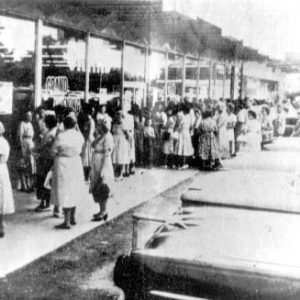 First Opening of Wal-Mart
First Opening of Wal-Mart
Waldron to Baker’s Springs, Scout from
Waldron to Mount Ida, Caddo Gap and Dallas, Scout from
Waldron War
Waldron, Attacks on
Walker, Dock (Execution of)
Walker, Nick (Execution of)
Wallace, John (Reported Lynching of)
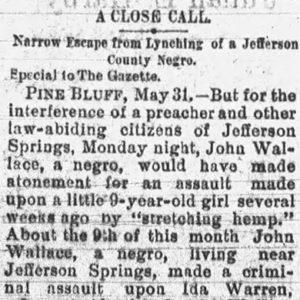 John Wallace Lynching Article
John Wallace Lynching Article
Wallace’s Ferry, Action at
aka: Action at Big Creek
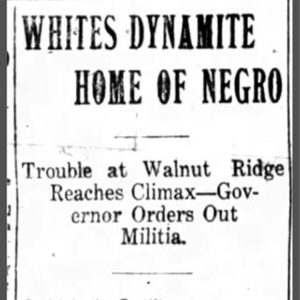 Walnut Ridge Race War Article
Walnut Ridge Race War Article
Walnut Ridge Race War of 1912
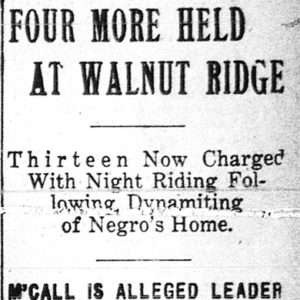 Walnut Ridge Race War Article
Walnut Ridge Race War Article
 Walton Arts Center Groundbreaking
Walton Arts Center Groundbreaking
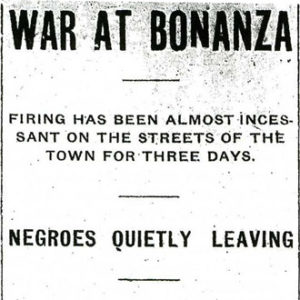 War at Bonanza
War at Bonanza
 War Eagle Crafts Fair
War Eagle Crafts Fair
War of 1812
Warden, Granville (Murder of)
Ware, Jim and Jack (Lynching of)
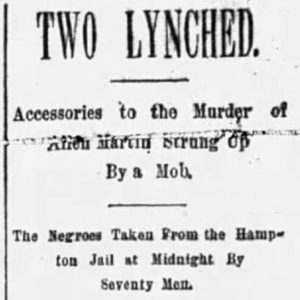 Ware Lynching Article
Ware Lynching Article
Warren, Will (Lynching of)
 Warren Lynching Article
Warren Lynching Article
Washington and Benton County Expedition
Washington County Lynching of 1860
Washington, George (Lynching of)
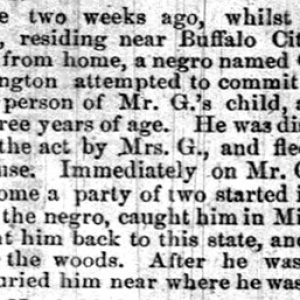 Washington Lynching Article
Washington Lynching Article
 Watermelon Festival
Watermelon Festival
Watkins, William (Execution of)
Waugh’s Farm, Skirmish at
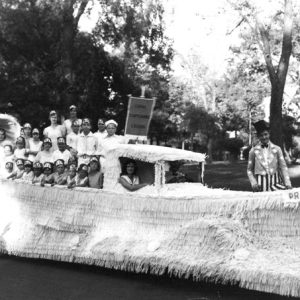 WCTU Parade
WCTU Parade
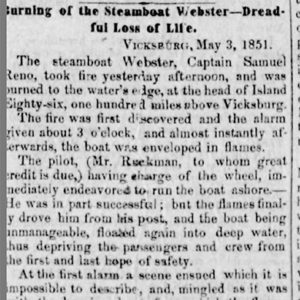 Webster Steamboat Article
Webster Steamboat Article
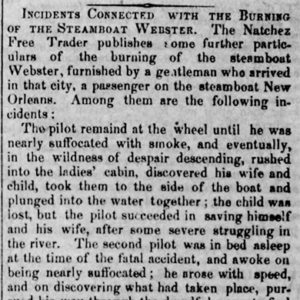 Webster Steamboat Article
Webster Steamboat Article
Webster, J. H. (Murder of)
 Charles Welch in Mexico
Charles Welch in Mexico
Wells, Elias (Lynching of)
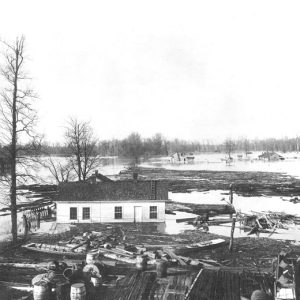 West Memphis Flood
West Memphis Flood
 West Point Memorial
West Point Memorial
West Point, Engagement at
aka: Little Red River Raid
West, John (Lynching of)
 West Lynching Article
West Lynching Article
Weston v. Arkansas
aka: Arkansas v. Weston
Westside School Shooting
Wheelbarrow Strike of 1915
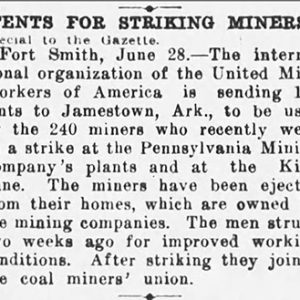 Wheelbarrow Strike Article
Wheelbarrow Strike Article
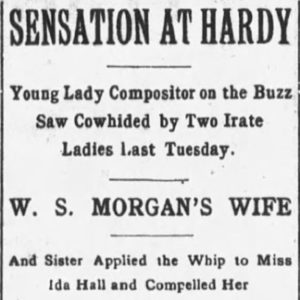 Whipping Article
Whipping Article
 White County Lynching
White County Lynching




